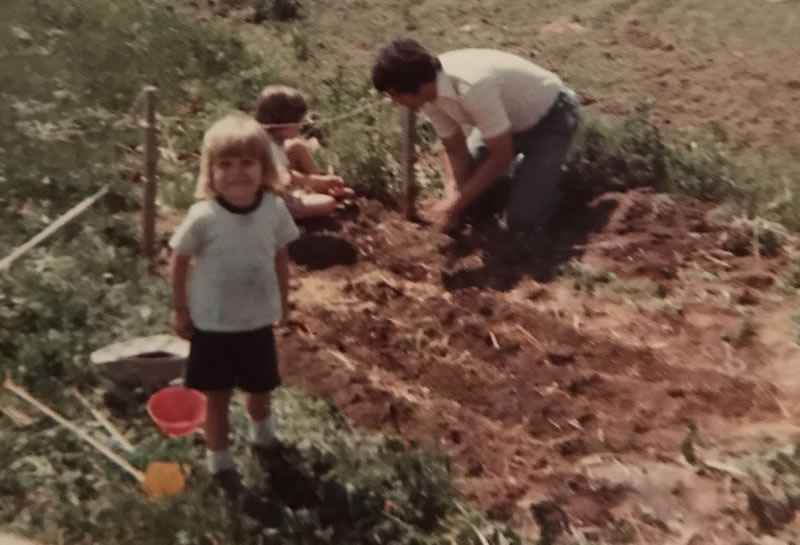 Kidnapped, lost, stranded, neglected.
Kidnapped, lost, stranded, neglected.
Shipwrecked, orphaned, indentured, and banished.
Sent to boarding school. Left in the woods.
Married off. Doled out.
Forgotten. Abandoned.
This is the stuff of storybooks. Dead parents, absent grownups. Sad kids all by their lonesome selves. Or maybe not so sad. And not so lonesome. At least not for long… [Read more…] about After Goodbye
 As soon as the sun’s up, I throw on my jacket and head outside. I’ve been doing this everyday lately. There are developments. I’m anxious to learn the latest.
As soon as the sun’s up, I throw on my jacket and head outside. I’ve been doing this everyday lately. There are developments. I’m anxious to learn the latest. A few weeks ago, I met friends for dinner at the Custom House, a restaurant located in a historic building by the Erie Canal. Anna and Adrienne are interesting, smart women, and I’d happily hang out with them anywhere, but on this particular wintry night, I was glad we’d picked this spot. The Custom House, with its wooden floors, brick walls, musty air, and long windows overlooking the canal’s milky gleam of ice, seemed right for our discussion.
A few weeks ago, I met friends for dinner at the Custom House, a restaurant located in a historic building by the Erie Canal. Anna and Adrienne are interesting, smart women, and I’d happily hang out with them anywhere, but on this particular wintry night, I was glad we’d picked this spot. The Custom House, with its wooden floors, brick walls, musty air, and long windows overlooking the canal’s milky gleam of ice, seemed right for our discussion. The 1987 romantic comedy Moonstruck, about a thirty-seven-year-old Italian-American widow (Loretta Castorini) who falls in love with her fiancé’s estranged brother, is a cinematic gem, how it presents family life in all of its marvelous messiness and unwraps love’s loony sweetness. It’s one of my favorite films.
The 1987 romantic comedy Moonstruck, about a thirty-seven-year-old Italian-American widow (Loretta Castorini) who falls in love with her fiancé’s estranged brother, is a cinematic gem, how it presents family life in all of its marvelous messiness and unwraps love’s loony sweetness. It’s one of my favorite films.  Not too long ago, my eight-year-old son paused in the living room to watch me vacuum a crumb-strewn rug, a mess of my own making. I’d accidentally bumped a bowl of Flavor Blaster Goldfish off the coffee table. When I finished cleaning up the snack, Quinn (visibly perturbed) demanded, “What are you doing with Daddy’s vacuum?”
Not too long ago, my eight-year-old son paused in the living room to watch me vacuum a crumb-strewn rug, a mess of my own making. I’d accidentally bumped a bowl of Flavor Blaster Goldfish off the coffee table. When I finished cleaning up the snack, Quinn (visibly perturbed) demanded, “What are you doing with Daddy’s vacuum?”



 As I write this September post, August still surrounds me—a humming time. Cicadas drone during the day; katydids chirr after dark. And in the morning, if I move very quietly outside by the Rose-of-Sharons and hollyhocks, a hummingbird will eventually whip past me to dive in and out of the flowers for their nectar, treading air with rapid wings that make a wonderful whir.
As I write this September post, August still surrounds me—a humming time. Cicadas drone during the day; katydids chirr after dark. And in the morning, if I move very quietly outside by the Rose-of-Sharons and hollyhocks, a hummingbird will eventually whip past me to dive in and out of the flowers for their nectar, treading air with rapid wings that make a wonderful whir.